The gentleman in this portrait is wearing a white double-breasted waistcoat and a green frock coat. The book probably alludes to the sitter’s profession. The fashion for men wearing their ‘country clothes’ in town originated by nobleman at a time when court life did not require their constant attendance and they could live in the country and have only a house in town. It was a sense of rebuttal to the previous decades when there were strict instructions how to stand, how to walk, how to raise the glass to a lady, and how to bow. It was a counter-reaction against such detailed discipline and it became a fashion to break those rules. It was the deliberate opposite to French fashion but this informal look established a fashion for the rest of Europe and the colonies to follow. In French beau would express his admiration of Britannia by wearing his spurs in the middle of Paris and the ladies would wear ‘robes a l’anglaise’ and ‘coiffures anglomane’. This English fashion swept through France as illustrated by English words entering the French language – the frock coat became ‘fraque’, the riding coat the ‘redingote’, and the jockey hat the ‘chapeau jockei’.
The portrait is imbued with a good sense of character of the sitter, which the artist was renowned for. The artist was also known to paint and an excellent likeness.
Mason Chamberlain began life in a counting house in the City of London. He later took up the practice of painting and became a pupil of Francis Hayman RA (1708-1776). He was one of the founding members of the Royal Academy in 1768 and he exhibited fifty portraits there between 1769 and 1786. He enjoyed a thriving practice and was sought after so much that he painted Prince Edward and Princess Augusta in 1771 and a number of noblemen. He also painted Benjamin Franklin in 1762. His work can be found in the National Portrait Gallery London, Philadelphia Museum of Art, and Yale. His son, also called Mason, was a prolific painter who exhibited 68 landscapes in London between 1780 and 1827, of which 58 were shown at the Royal Academy.
Provenance:
Kirtlington Park, Oxfordshire, is a Palladian Grade I country house built in 1742–46 (the original house, Kirtlington, was a royal manor in the time of Edward the Confessor, and was presumably already a hundredal manor in the 10th century. It is first mentioned in 945, when a payment was made there to the king). Kirtlington is set in 3,000 acres of parkland, landscaped by Lancelot "Capability" Brown, with views over the gardens to the Chiltern Hills.
The Dashwood family were extensive landholders in Oxfordshire for well over 200 years, principally in Kirtlington and Northbrook, the manors of which were acquired in 1682 by Robert Dashwood by his marriage to Penelope Chamberlayne. The family seat was at Kirtlington Park, where the house was built by Sir James Dashwood (1715–1779), Robert’s grandson, between 1742 and 1746.
Sir James devoted much of his energy and fortune to the building and furnishing of Kirtlington Park. He had inherited his title at the age of nineteen while on the Grand Tour. In 1738, two years after his return, he married an heiress, Elizabeth Spencer, and in 1740 he became a member of Parliament and prepared to build a house suitable for a family whose social status in Oxfordshire was second only to that of the duke of Marlborough at nearby Blenheim Palace. Kirtlington Park remained in the family until 1909, when Sir George John Egerton Dashwood, 6th baronet, sold the house to the Earl of Leven and Melville.
Measurements: Height 145cm, Width 120cm framed (Height 57”, Width 47.25” framed





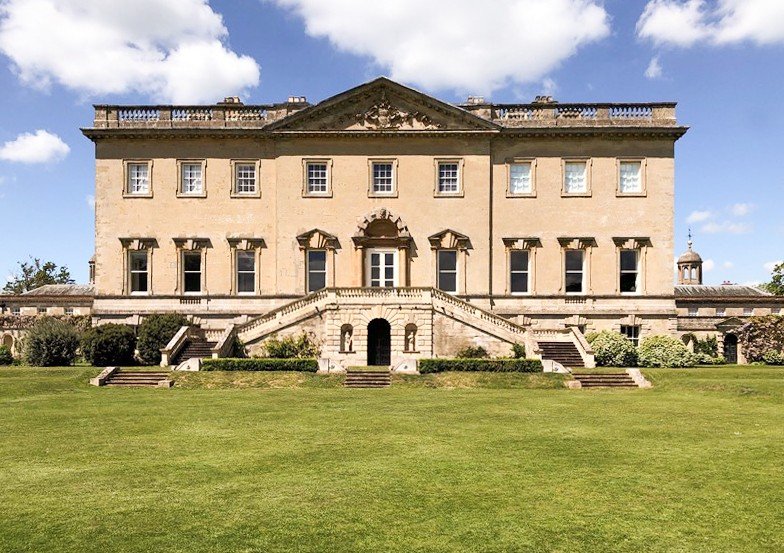
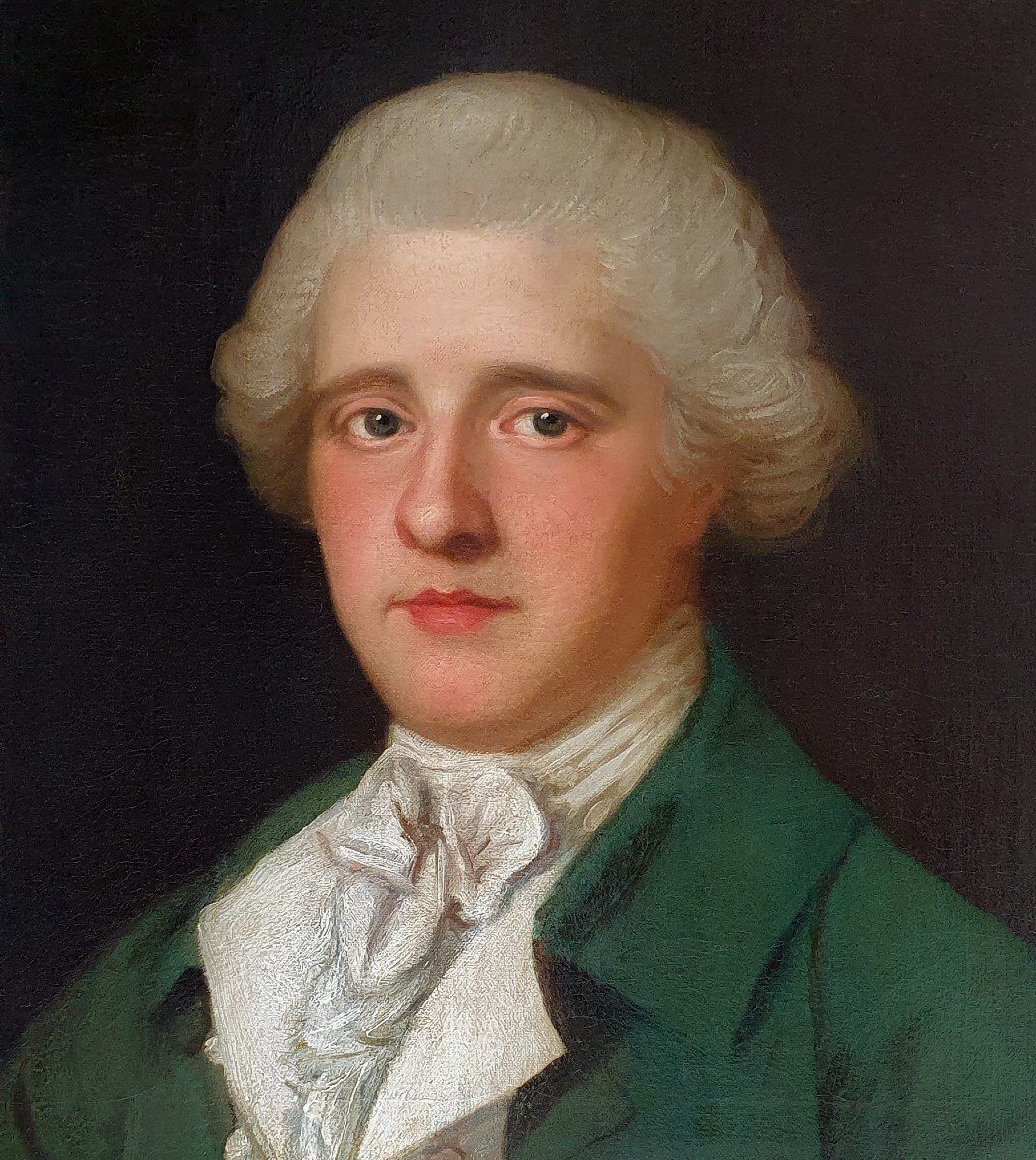
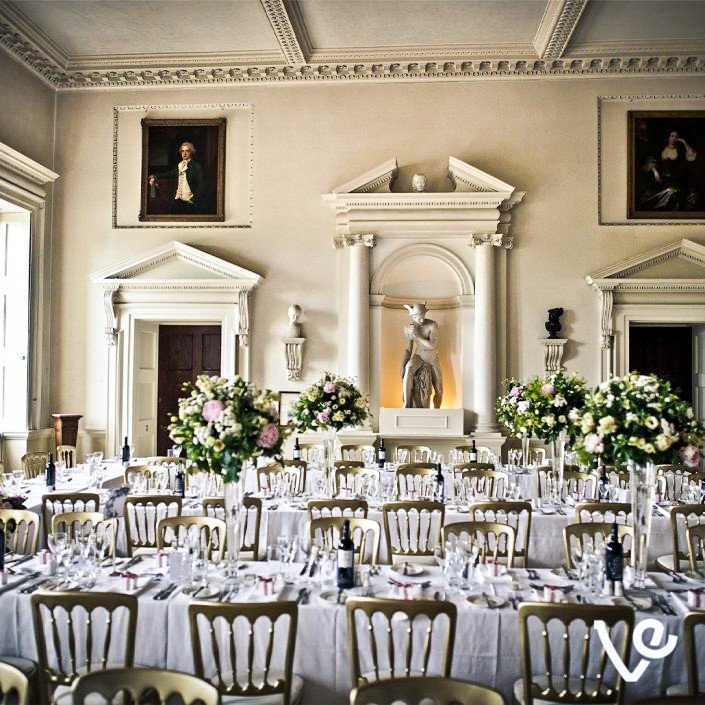






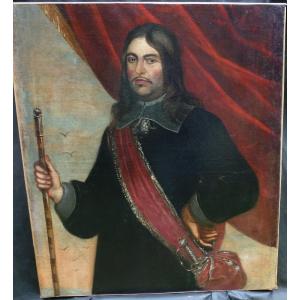
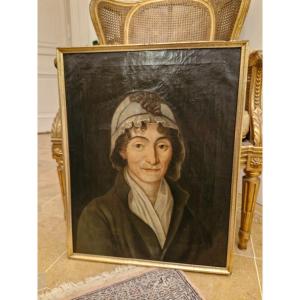
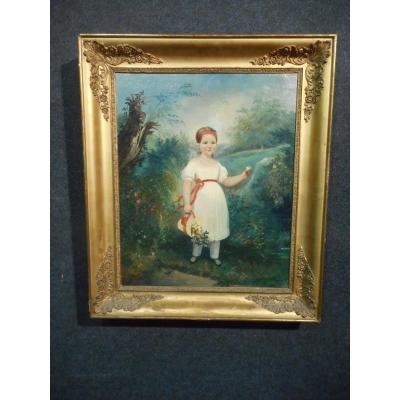

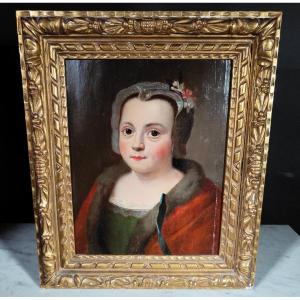




 Le Magazine de PROANTIC
Le Magazine de PROANTIC TRÉSORS Magazine
TRÉSORS Magazine Rivista Artiquariato
Rivista Artiquariato
